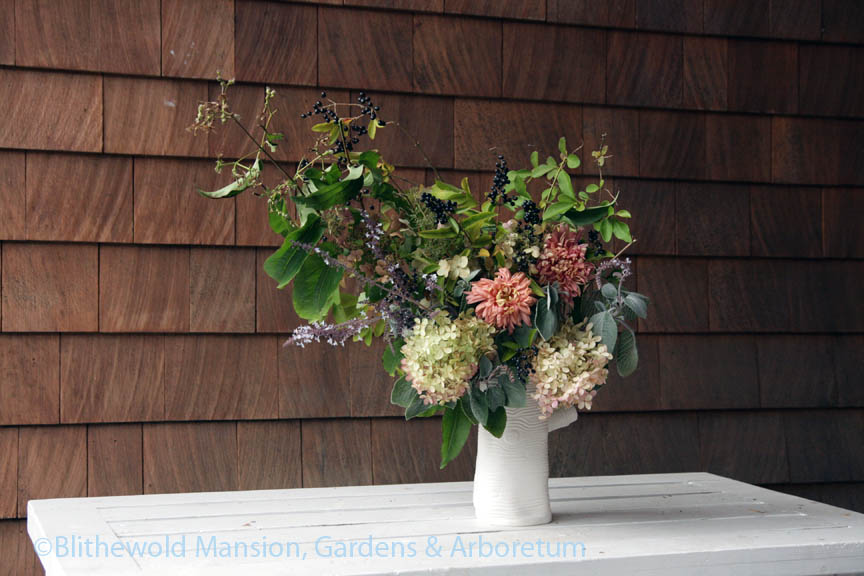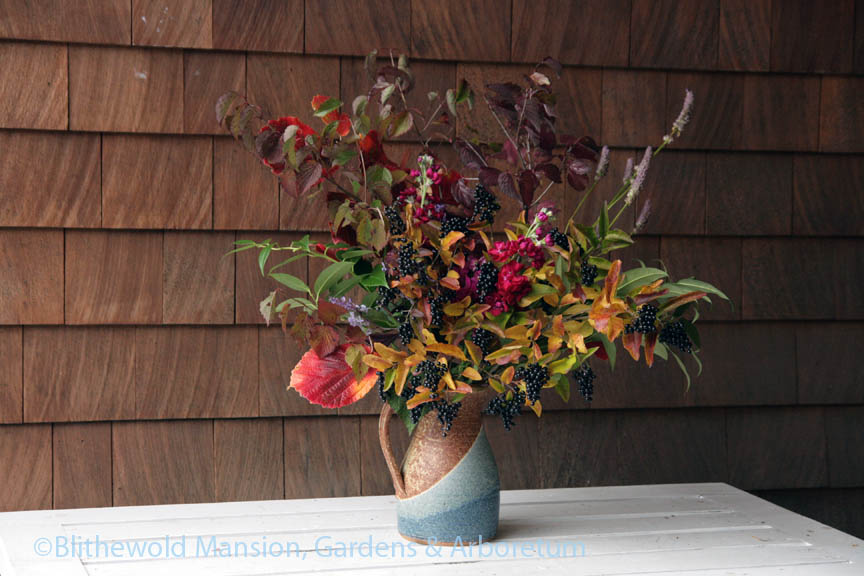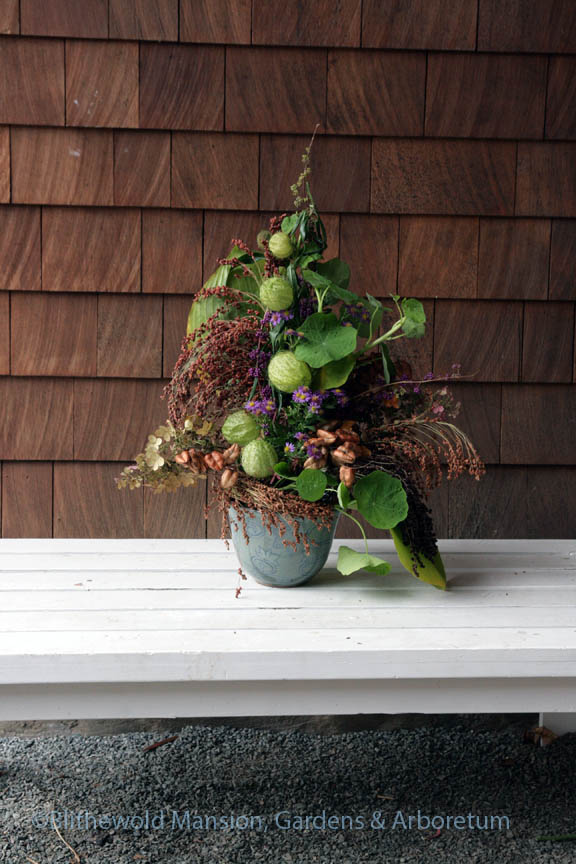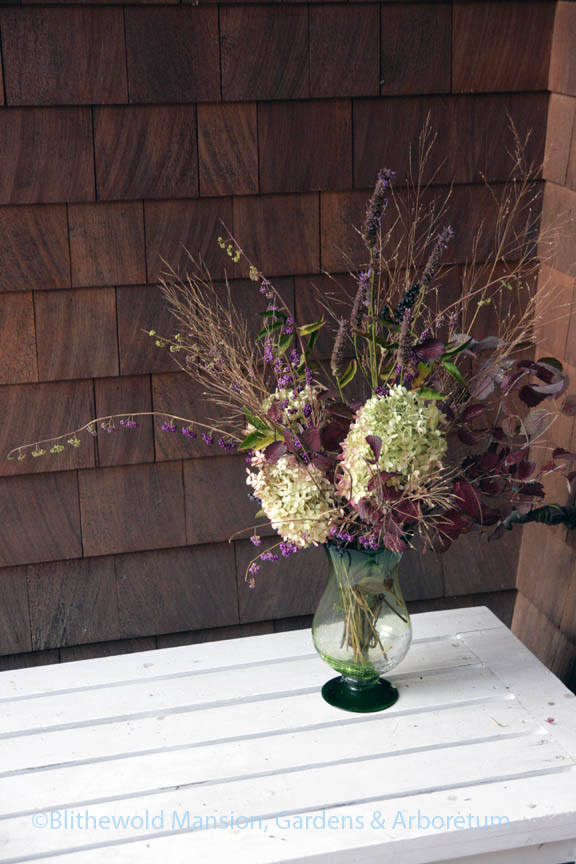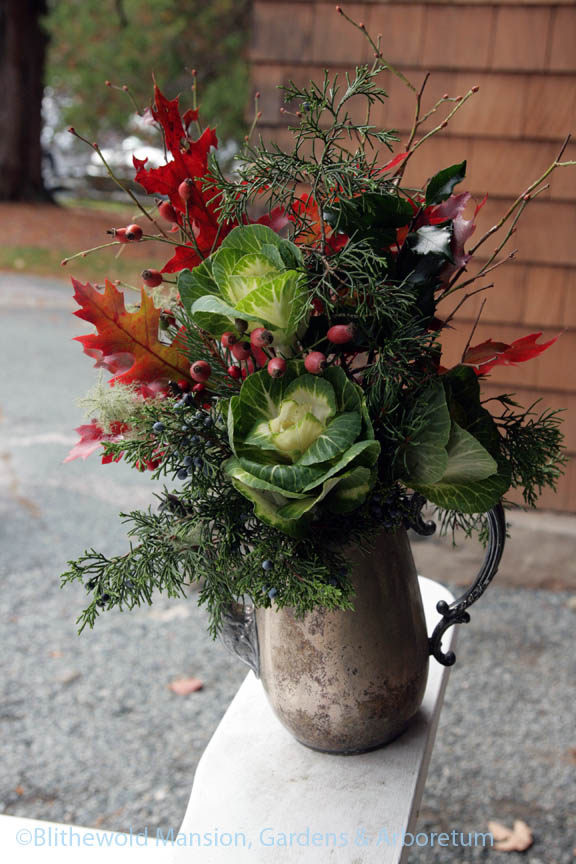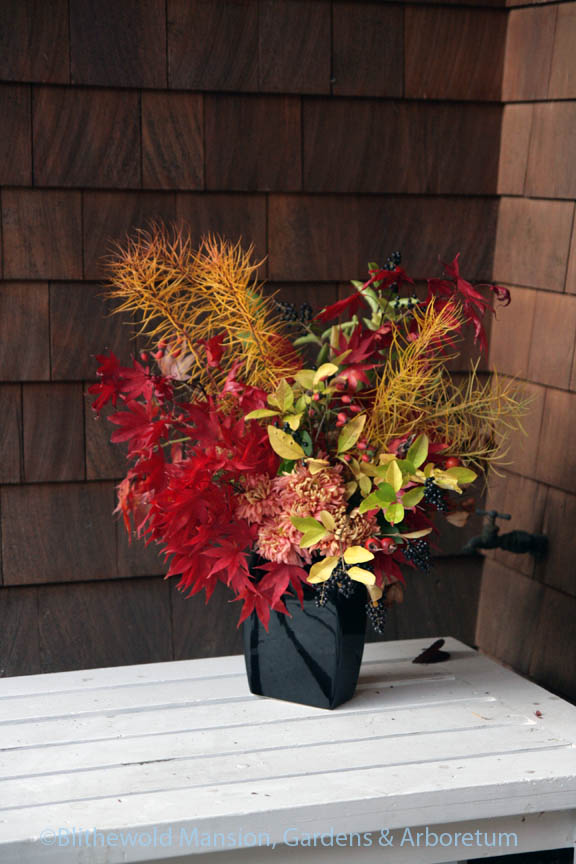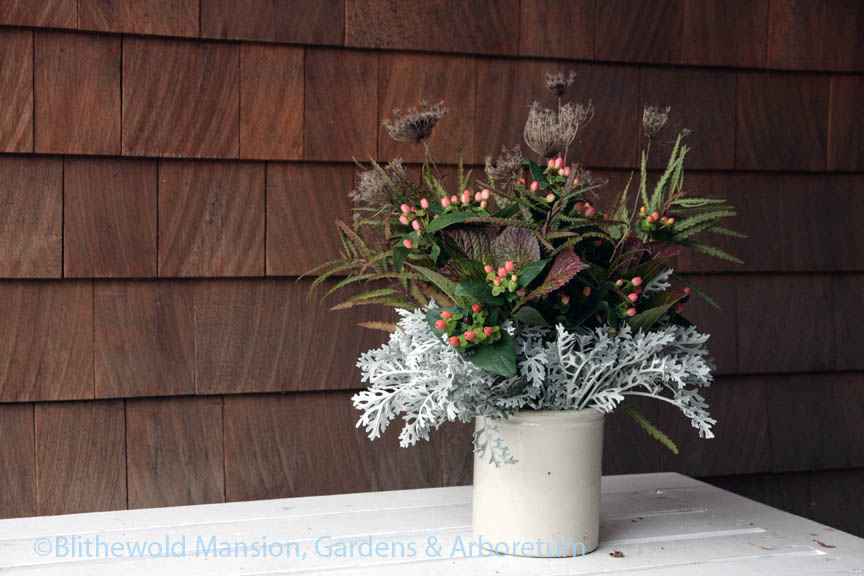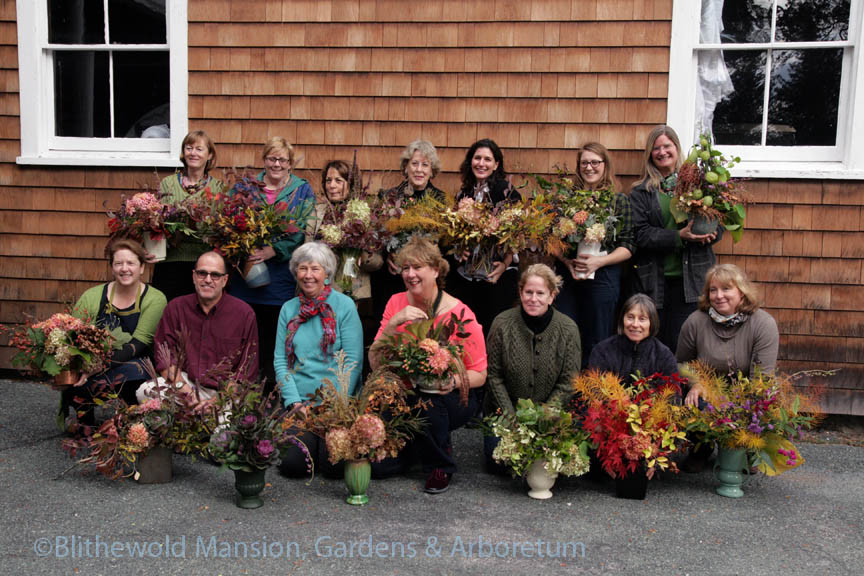Slow Flowers with Debra Prinzing
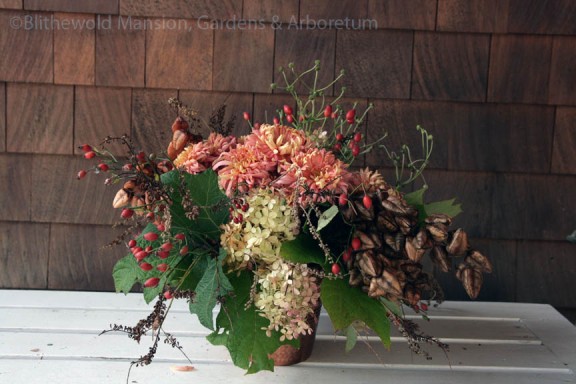
You’ve probably heard of the Slow Food movement. I don’t think I know anyone who hasn’t been making a conscious shift away from processed (fast) food to local, seasonable, sustainable whole-food sources. We’re eager to reap the health benefits and do our part for the environment too. But what’s “Slow Flowers”? Debra Prinzing, author of the 50 Mile Bouquet and Slow Flowers, and founder of the Slow Flowers movement and website, introduced the concept, so similar to the foodies’, at Blithewold’s annual Garden Design Luncheon. She opened our eyes and minds to the environmental merits of supporting our local flower growers and enjoying sustainably grown flowers in season. And just by mentioning a challenge she gave herself when she was working on her books, threw down the gauntlet for us all.
According to Debra, a shocking 74% of us who receive deliveries from florists or grab a bunch at the grocery store don’t know where the flowers come from. Most, 80% of flowers — 97% of roses — are imported. It didn’t used to be that way but since the War on Drugs identified alternative crops worthy of importing tariff-free, thirty-five flower-full airplanes per week arrive at the Miami airport from Ecuador and Columbia. The flowers are then fumigated (don’t put your nose in that rose) and shipped all over the country. Of course, outsourcing put almost all of the domestic growers out of business. Go figure.
But, with our patronage they’ll be able to make a comeback. Farmers like Polly Hutchison of Robin Hollow Farm in Saunderstown, RI are using earth-friendly practices (you should see Polly’s beautiful compost pile) to grow an amazing array of flowers for our very tables. It’s super cool and exciting.
And therein is the challenge: How about treating yourself to arrangements (once a week? once a month?) using locally sourced stems? You might define “local” as no further than your own garden, stretch your definition to include growers within a day’s drive, or go so far as to order from an organic grower in CA that ships arrangements all over the continental US. Admittedly, those of us living in cold climates will have a harder time finding flowers nearby in the middle of winter. But what’s a challenge without some challenges?
We hope that the carbon footprint of flying Debra all the way from Seattle was offset by our collective good intentions. And just to make sure the inspiration sticks, she stayed an extra day to teach an Eco-Floral Design workshop. Debra demonstrated how to use old-school frogs and chicken wire to anchor stems instead of Oasis floral foam (that nasty stuff is formaldehyde-based, carcinogenic, and never breaks down) and everyone had the pleasure of working with stems cut from Blithewold’s grounds, friends’ and participants’ gardens, and a gorgeous array of fall flowers purchased from Robin Hollow Farm. Here are a few of the finished designs (mouse over for captions or click on images for a better view):
Aren’t you inspired?

